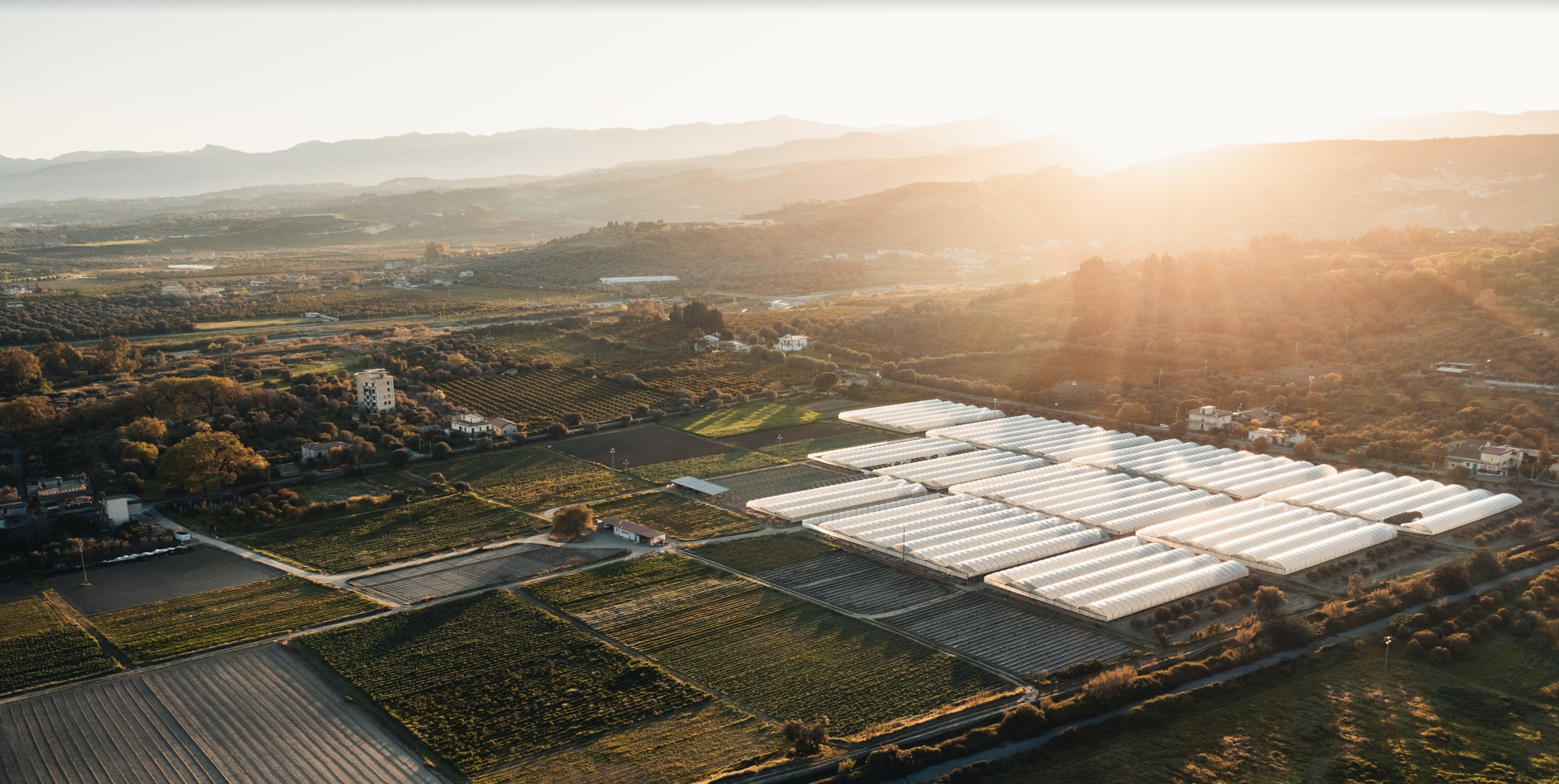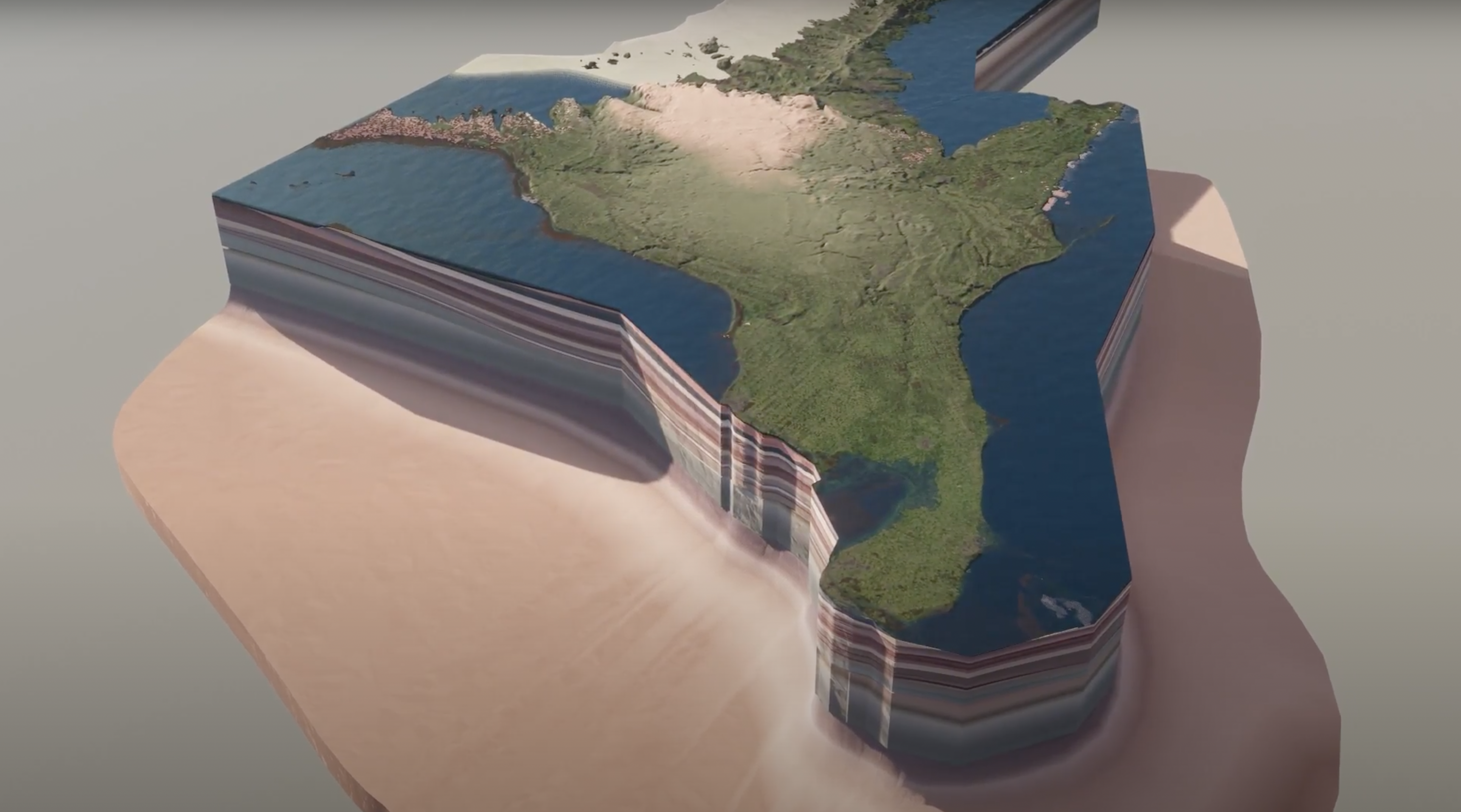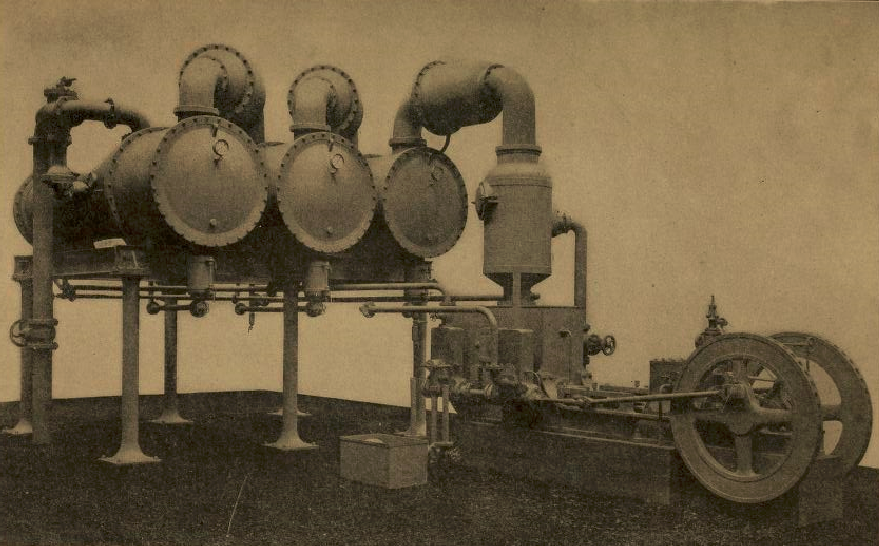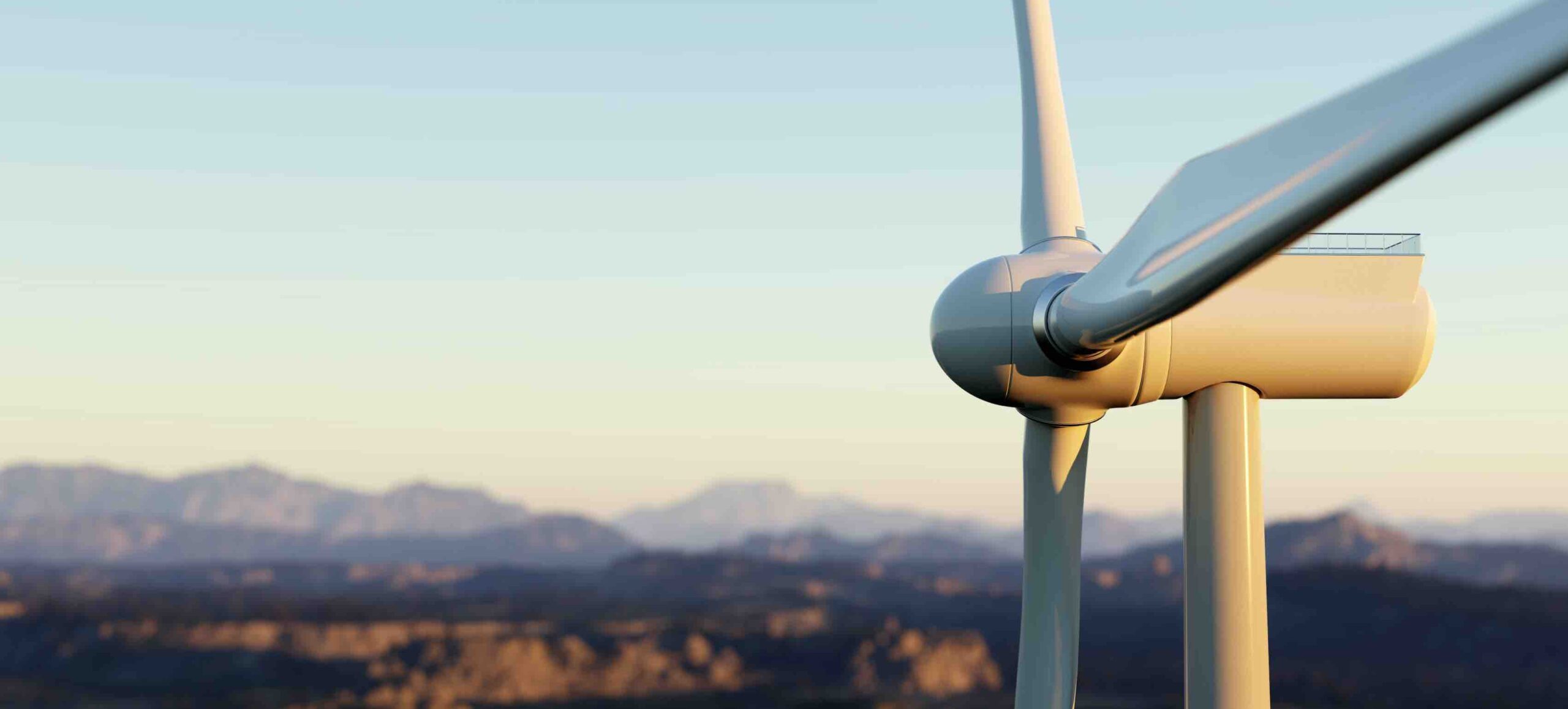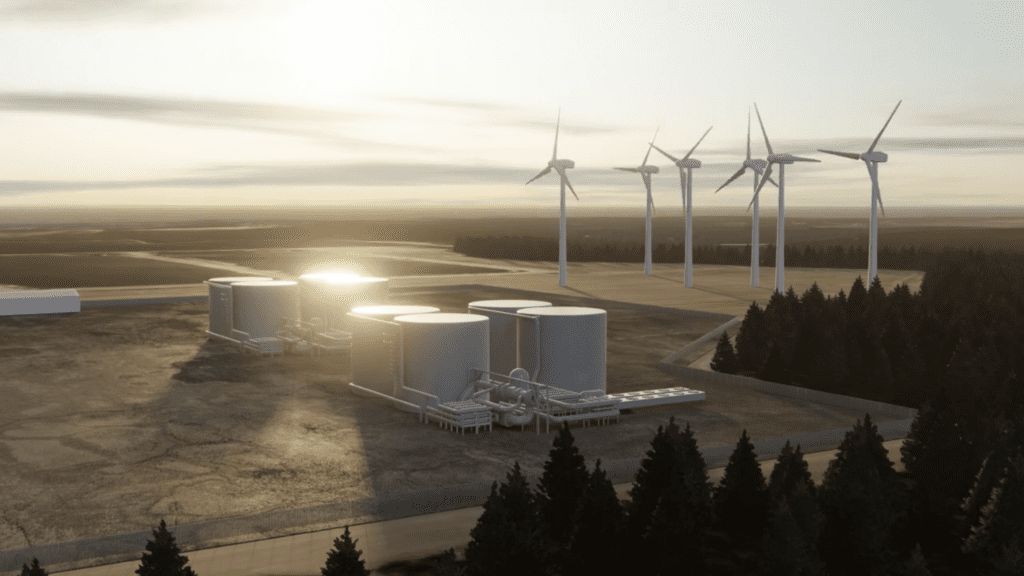
Environmental sustainability and rising energy costs are top-of-mind for many Ontarians, and rightfully so. As much as rising costs are an issue, so too is energy waste. Innovation is clearly needed in the sector. Given the Government of Canada’s net-zero emissions goals, it stands to reason that an optimal situation would be one that curbs energy waste and stabilizes energy prices while trending towards net-zero ambitions.
Bedrock’s Compressed Air Energy Storage (CAES) solution ticks these boxes and many more, allowing for wider use of surplus renewable energy in an exciting, innovative way to brighten the future for all Ontarians.
Compressed Air Energy Storage is a way to store surplus renewably-sourced energy generated in periods of low demand so that it can be released back into the power grid when demand is high. Currently, this surplus energy is wasted, which isn’t optimal. Ontario’s energy demands require us to be more thoughtful and strategic. CAES is a forward-thinking intervention that allows us to make better use of the energy we overproduce during low-demand periods to keep up with demand during other periods. The energy Bedrock’s CAES repurposes and reintroduces to the grid allows for needs to be satisfied while also reducing the chances that excess energy will be produced during those high-demand periods.
A generation ago, when blue boxes became a part of every Ontario household, we adopted a slogan — “reduce, reuse, recycle” — when discussing sustainability and environmentalism. Bedrock’s CAES solution is fundamentally the same idea. We’re reducing costs incurred by ratepayers by reusing and recycling green energy generated at periods of low demand to provide more energy at periods of high demand.
Imagine, for a moment, that we’re not talking about energy. Imagine we’re talking about a non-perishable item on sale at the grocery store, like a can of soup.
Normally, that can of soup is $2, but when it’s on sale, it’s $1. If you had limited financial resources (and you liked soup), you’d do well to wait for a sale and then stock up. It merits mention that most people do some version of this when grocery shopping; it just makes sense.
If more people wanted soup, the grocery store would likely charge more for it. If the demand for soup was low, the grocery store might have a sale to get rid of stock. They have the soup to sell; they’ve already paid for it with the goal of reselling it to you at a markup. Letting it go to waste is not an option, or at least is not a preferable option.
In a way, the energy market is akin to the grocery store and Ontario residents are the grocery shoppers. While actual grocery shoppers have the option of waiting until something is on sale before stocking up, Ontario residents do not have this option. Ratepayers pay for energy when they use it, and have little to no control over the cost of production, which depends on the demand at the time of production. If demand is high and then drops, energy may be overproduced, and thus wasted because the demand is gone, which means that Ontarians on the whole are prospectively paying high prices for energy that doesn’t get used.
Bedrock’s CAES project attacks this problem by storing surplus green energy generated when demand is low — energy that currently has no place to go — in natural reservoirs in Ontario. The energy is stored as compressed air, which is created with proven and reliable technology that is commonplace in the industry. That energy lives up to its “renewable” descriptor by being released back into the grid when demand is high again.
It’s the soup situation — but with energy. Bedrock’s CAES will allow Ontario ratepayers to pay a more standardized price for energy no matter what time they go shopping; the day-to-day lives of Ontarians won’t need to be drastically altered based on when energy demand is low or high.
The benefits of Bedrock’s CAES solution are many, and include the following:
• CAES is 100% emission-free
• CAES does not burn fuel, and reduces greenhouse gas emissions
• CAES is an innovative solution that uses proven technology
• CAES makes use of existing porous rock reservoirs in Ontario
• CAES saves Ontario ratepayers money, estimated to be up to $150M per year
• CAES will create both short-term and long-term employment for Ontarians
It cannot be overstated how elegant a solution this is. Bedrock has solved multiple existing problems (high cost of energy, environmental cost of creating/storing energy) using technology that is tried, tested and true to store energy in reservoirs that already exist. Moreover, Bedrock has further innovated this technology to be emissions-free, taking a good idea and making it even better.
As no reservoirs need to be built, no ecosystems need to be disturbed; and because CAES uses surplus green energy that is not being used, Ontarians do not absorb any additional costs in the process.
There are win-win situations. Bedrock’s CAES is a win-win-win-win situation. Everyone benefits, from the end consumer to the environment as a whole. CAES ensures that less energy gets wasted, more renewable energy gets utilized, energy costs get stabilized, and all with an exceedingly small environmental footprint. It is our belief that the success of Bedrock’s CAES could promote a whole new way to approach how we think about energy but also how we think about innovation. As Ontario can and should be a leader both now and in the future, CAES not only makes a lot of sense — it makes dollars and cents.
Bedrock’s Compressed Air Energy Storage exemplifies both innovation and conservation, using emission-free technology to store and repurpose green energy in an intelligent, sustainable way. It’s a way to save Ontarians money while doing the right thing for the future of the province — and also the country as a whole.

